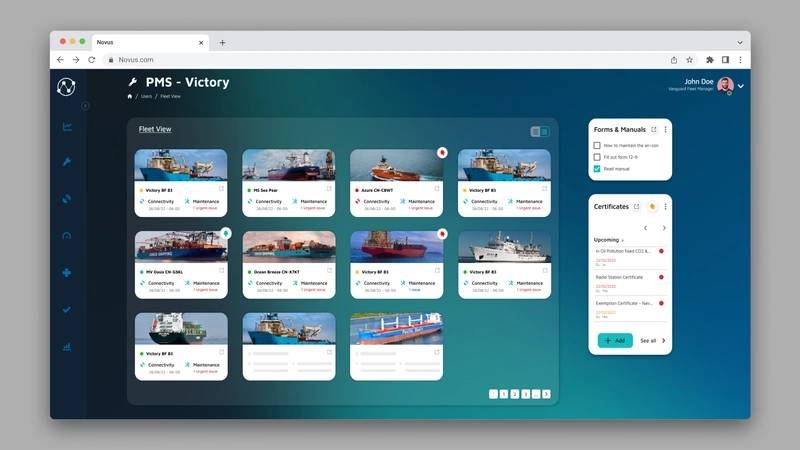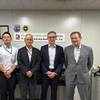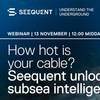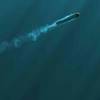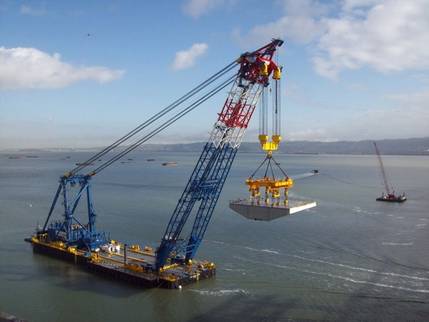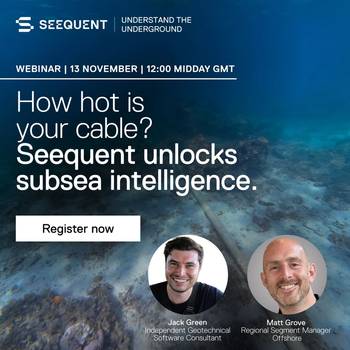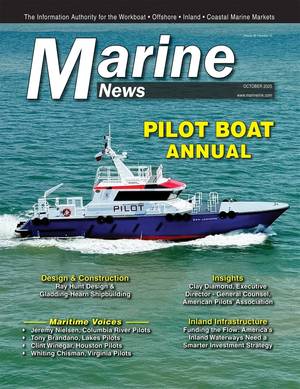AST Harnesses the Power of Connectivity, Digitalization
Latest advances in digital technologies and faster, cheaper connectivity walk hand-in-hand as vessel owners of all sizes aim to cut fuel consumption, cut emissions and increase efficiencies. AST is aiming to do both, offering connectivity plus a suite of productivity solutions courtesy of its new Integrated Remote Asset Management System (IRAMS) solution, as CEO Andrew Peters explains.
The maritime industry is often lamented as slow on the uptake of new technologies, but many of these boats and ships were born and raised in an analog society, designed to last up to 50 years. Making the ‘digital’ switch is neither quick, cheap or easy, and the investment in capital and man hours to design, install and learn the new way simply doesn’t make sense.
But as a whole, maritime is starting to embrace increased ship connectivity to unlock the potential fuel and efficiency savings that lie within – hardware, software, faster bandwidths, resilience and cybersecurity – with newbuild ships and their armada of modern equipment being the tip of the iceberg.
“There's a lot of change happening in the industry, but you need to think about it in a number of ways,” said Andrew Peters, CEO of AST in a recent interview with Maritime Reporter TV. “The retrofitting of technology into existing vessels is slightly more difficult, but the new vessels coming out all-embracing with digital connectivity solutions is happening now.”
According to Peters, unlocking the true value that digital solutions offer is not about any one factor, such as increased connectivity speed, rather it’s “all of these things coming together in a managed service portfolio,” which has served to help shape AST’s business plan and offering to the sector.
“It's a myriad of things that come together, and it's really starting to happen. We are definitely seeing it in our business,” said Peters.
 In explaining the new IRAMS platform, AST CEO Andrew Peters said: “It's about things like collecting sensor data, putting that information and data in the cloud to supports onshore managers who are trying to understand what's happening with their vessel.” Photo courtesy AST
In explaining the new IRAMS platform, AST CEO Andrew Peters said: “It's about things like collecting sensor data, putting that information and data in the cloud to supports onshore managers who are trying to understand what's happening with their vessel.” Photo courtesy AST
Meet IRAMS
Shipowners today face a myriad of pressures from different entities to improve performance. There are financial pressures to optimize operations, as getting funding for new assets is increasingly tied to the carbon footprint of operations. Legislators keep tightening the emission performance screws, effectively forcing to the scrapyard older assets that cannot be optimized. Peters and his AST team see digital technology and automation as providing many of the answers, a guiding principle for its product and service development in recent years.
Last year AST celebrated its 30th year in business, and today the consolidation of all that AST offers is being rolled up and rolled out to the maritime industry with a single softwarepackage known as the Integrated Remote Asset Management System, or more simply, IRAMS.
“We have been [essentially] six different businesses, but we've never rolled those businesses into one,” said Peters. “We have a number of software areas where we are good, but not consolidated into one clear platform and one clear software solution. We've taken location-based services; we've taken monitoring of vessel performance, particularly in relation to engine management, predictive maintenance, weather reporting, and put that into one complete package. And that is around some of the things that are really important in the market, such as crew welfare, which is massively important.”
IRAMS is AST’s dedicated software platform designed to support the maritime sector, and the aim of IRAMS is to allow vessel owners and managers to remotely control and monitor maritime assets, bringing together live asset performance data, predictive maintenance scheduling and environmental impact reporting onto a single platform.
“It's about things like collecting sensor data, putting that information and data in the cloud to supports onshore managers who are trying to understand what's happening with their vessel,” said Peters. “And that can be about engine overheating; it can be about fuel monitoring and control. If you want to control the cost of the vessel, fuel monitoring is one surefire way you can do it.”
To that end, AST has spent the last six to nine months building – building the software development team team, building its capability, building the interoperability of that capability. “We had a team originally of six software developers, now we've got 20 and they've spent the last six to nine months now developing this new IRAMS suite of software,” said Peters.
On the Horizon
Opportunities abound for AST, and when Peters looks ahead he sees particular strength in the mid-tier market.
“If you look at tugs, barges, small to mid-tier vessels rather than the big tankers, that's where we see ourselves heavily focused,” said Peters.
“Our software is applicable to that market because a lot of the large customers are building their own software and they will continue to do that. But if you look at that [mid-tier] market, there are around about 105,000 vessels in that marketplace.”
“ I think what we are seeing ultimately is a lot of growth in internet traffic, particularly in Asia. It used to be used more for just ship-to-shore reports and getting data from one place to another. Now it is being used as more of a tool, and particularly, as I mentioned earlier, for things like crew welfare.”
In Europe, he said, it's more about resilience.
“It's about quality of service. It's about some of the other elements like cybersecurity, visibility of assets, internet usage, and making sure they're able to manage and monitor. So it's that holistic approach to providing service, not just saying, ‘Okay, here's a bit of software. Use that. Not just saying, Here's a bit of airtime.’ It's combining a true, whole service to the customer. That's really what we're about.”
Looking forward to 2024 and beyond, Peters is getting the entire AST on board with driving that single platform message with a focus on what it can deliver.
“It's about maritime digitalization. It’s about new high speed, low latency networks. I suppose really thinking about it, it's about providing more options in terms of the service that's available,” said Peters
Rather than just going down one route, it's making sure you've got the route that's right for the customer, he emphasized. “it could be one of a number of networks; it could be A number of hardware operators; it could be other elements that you have in the marketplace like data compression technology, for example, for video. Anything that improves that fleet performance, makes that availability of management and information much more seamless across the business. For us, that's what we are focused on.”
Watch the full interview with AST CEO Andrew Peters @:











